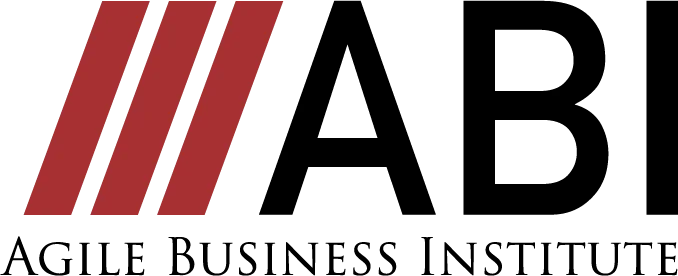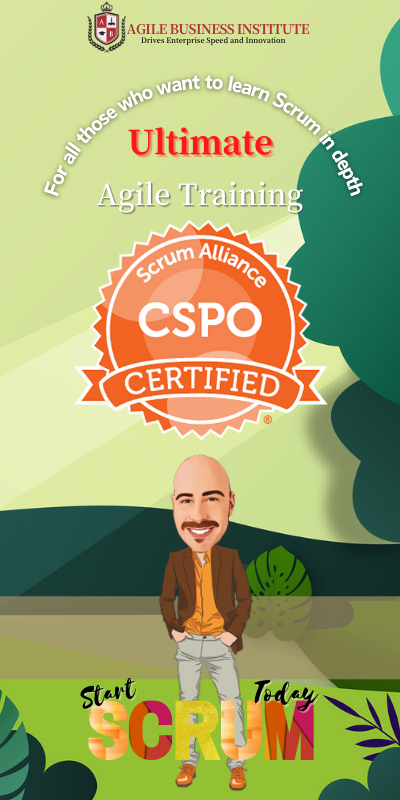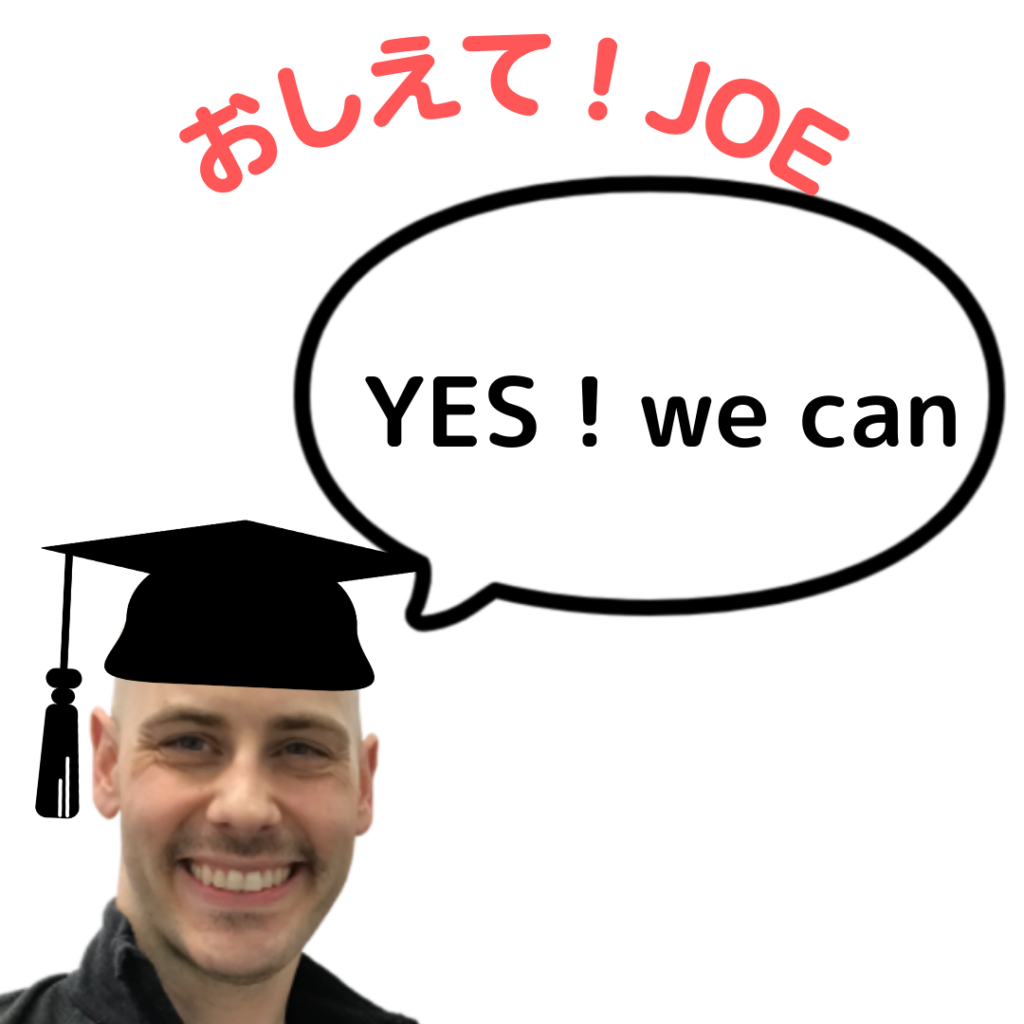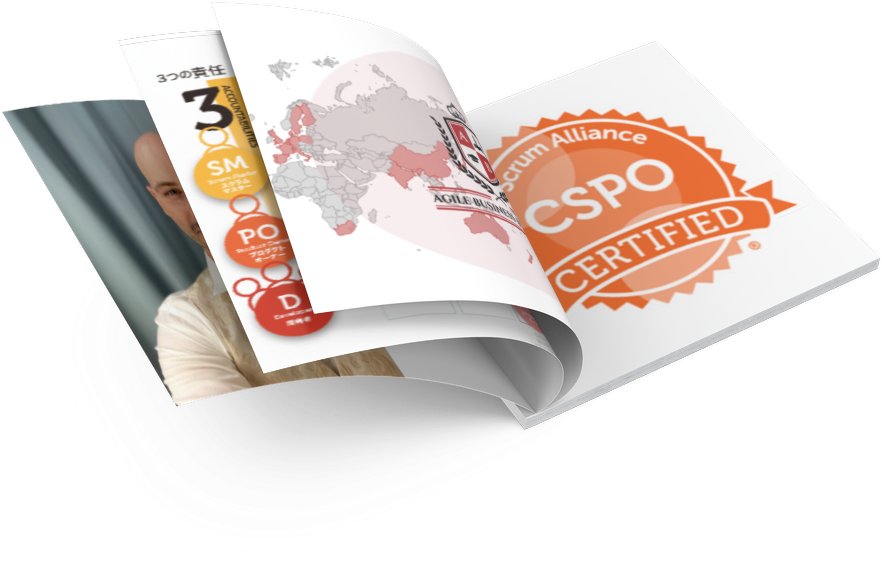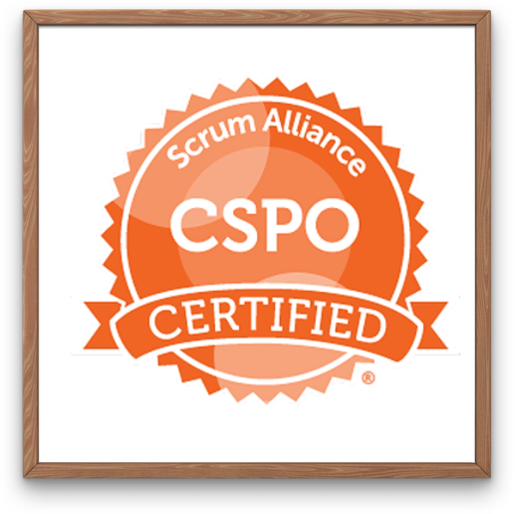Scrum Accessories
・Not ready / NOT READY
A column or list just to the left of the product backlog allows you to review options for future work.
・Product Backlog Refinement?
At a meeting attended by everyone, items in the “not ready” column are scrutinized and prioritized in the product backlog. That product backlog meets the definition of ready.
・DEFINITION OF READY
It is usually located just to the left of the Not Ready column. The more than 80% chance that a particular product backlog item will complete its work within a sprint, the lower the risk, with minimal clarity and business integrity.
・BLOCKED BOX
Where to place work that is waiting for external dependencies, such as another team, vendor, or robotic process outside of the team’s control.
・DEFINITION OF DONE
The team’s commitment is that any work completed must meet its defined quality standards.
・Completed Board / DONE BOARD
Column for each sprint, scrolling back four or more sprints, meeting the definition of completion and accepted by the team’s customers in each previous sprint.
・TEAM WORKING AGREEMENT
It is usually located above the sprint backlog. Indicates what was agreed upon by team members. The list is usually? s, but less than 10 items in order to be able to remember and use them.
・SPRINT BURN DOWN CHART
Time chart showing what items met the definition of completion and when they were completed. Sprint burndown charts can quickly answer the question of when a particular scope will be completed.
・RELEASE BURN DOWN CHART
A time chart showing when and what met the definition of completion in the current and past sprints when working in small increments toward a larger product.
・PERSONAS
Usually located just to the right of the completion board, it shows users, purchasers, maintainers, purchasing influencers, those funding the project, or internal stakeholders or compliance officers who may influence or be likely to influence the release or use of the product. The following is a list of the most common problems with the system. Each persona is given a short name, a picture to visualize, a short list of what they want from the product or service they are building, and any related dislikes or sources of dissatisfaction. Create a backlog to assess value and to please each persona to mitigate risk. Ensure that the benefit is maximized for every persona.
・Relative size estimation References
By referring to recently completed projects, the team can quickly and accurately predict the effort and complexity of the next project. Then, by projecting completion times according to completion definitions and acceptance criteria, teams can know when they will be completed and whether they are speeding up or slowing down.
・Relative Value Estimation References
Reference projects are considered by how much revenue they ultimately generated or how much impact they ultimately had on the company’s mission, mitigated risk, or learned new capabilities. This creates a value score. Using a value score that can be referenced from past projects, the product owner can quickly assess the rough value to the company. After taking that into account the size of the effort and the technical dependencies, the most valuable and least labor intensive work is tackled first.
・GROUP SCRUM BOARD
It is a large board with rows for each team that is working and columns where you can see each sprint completed by each team. This shows the KPIs needed to run the entire business. In practice, these KPIs are usually the amount of money or resources each team consumed in that sprint and the amount of money or resources the output of that sprint brought to the company. The number of points of work completed by that team in that sprint, the quality issues and quality scores in the output of that sprint, and what specifically is completed in that sprint.
